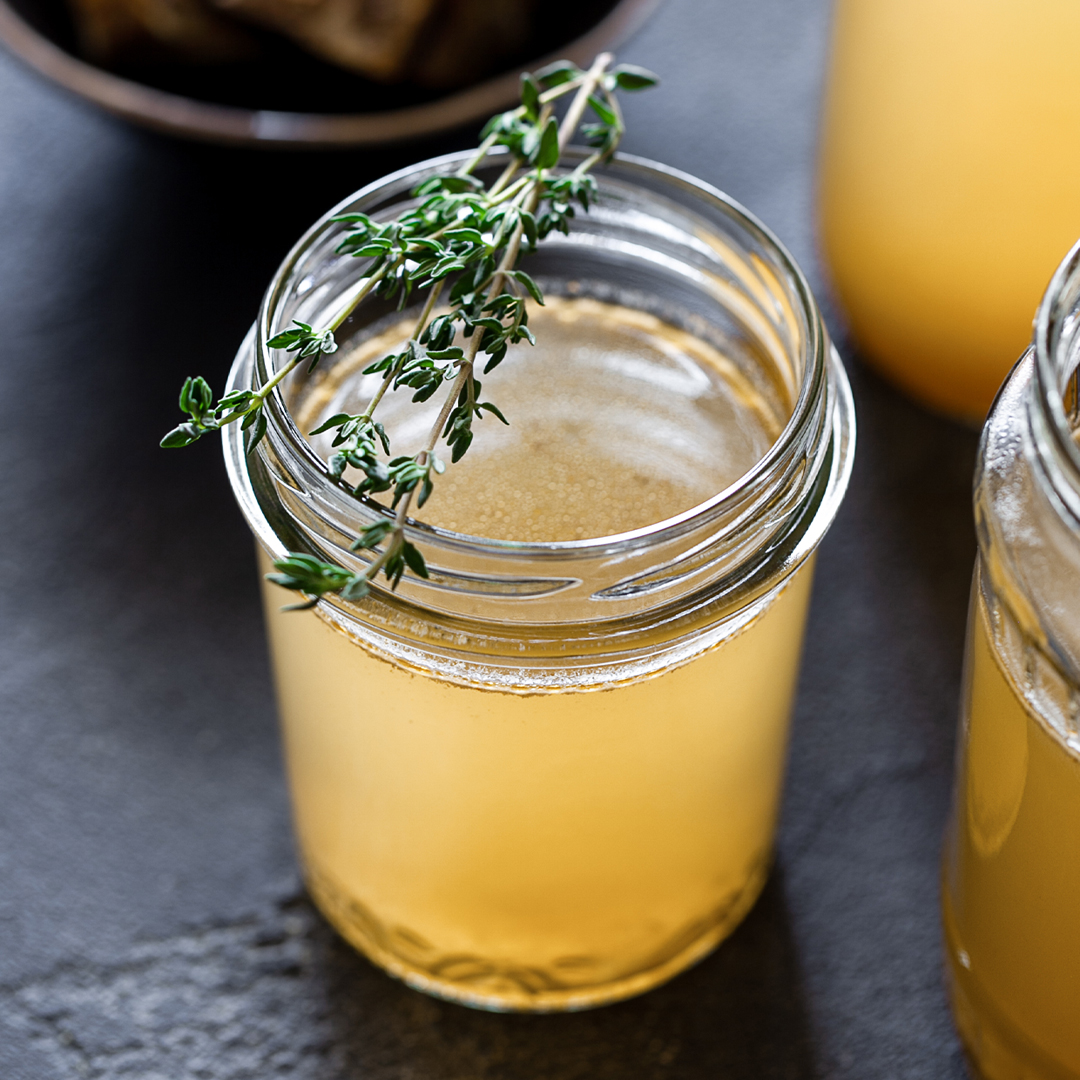For years, we’ve been told fat is the enemy. Now, high-fat, low-carb diets have put it at the top of our shopping lists. So what’s the real skinny on fats?
By Glynis Horning
All fats are not made equal. They may share a similar chemical structure (a chain of carbon atoms linked to hydrogen atoms), but the length and shape of the carbon chain and number of hydrogen atoms vary, forming numerous types of fat. While some are harmful long-term, others are vital for our bodies to function well.
We need fat in our diets for energy, for the absorption of certain fat-soluble vitamins (A, D, E and K) and minerals, for building membranes around our cells and sheaths around our nerves, for tasks such as muscle movement and blood clotting, fighting inflammation, maintaining healthy skin and good eyesight, and helping to develop the brains of babies and children.
Our bodies can make some of their own fat by using excess calories of any kind, explains Gabriel Eksteen, a registered dietitian at Heart and Stroke Foundation SA. But they are unable to make essential fatty acids – linoleic acid and alpha-linolenic acid – which are both essential for health and must be included in your diet.
BAD FATS – Trans fats
These are the most unhealthy form of dietary fat. Trans fat occurs naturally in meat and dairy products in small quantities, but the ones considered dangerous are the artificial trans fats made by ‘partial hydrogenation’, which means industrially processing vegetable oils into solids to stop them from going rancid.
Why are they bad? Trans fats increase your ‘bad’ cholesterol carriers (LDL), which can clog blood vessels, and decrease your ‘good’ cholesterol carriers (HDL), which help transport cholesterol and fat to the liver, says Gabriel. ‘Trans fats are also pro-inflammatory and promote blood vessel wall dysfunction and insulin resistance.’
Found in: Commercially baked goods (such as biscuits, cakes, muffins, pizza dough, burger buns and pie crust), packaged snacks (chips, sweets, crackers, microwave popcorn), solid fats (margarine and animal lard), fried foods (French fries, fried chicken and nuggets, breaded fish, hard taco shells), ready mixed products (such as cake and pancake mix, chocolate milk), and anything that lists ‘partially hydrogenated’ in its ingredients.
Action: Avoid them as much as possible – trans fats are not healthy in any quantity, says registered dietitian Lila Bruk, who is also the spokeswoman for the Association for Dietetics in SA (Adsa).
GOOD FATS – Unsaturated fats
There are two kinds: monounsaturated (with a single carbon-to-carbon double bond), and polyunsaturated (with two or more double bonds in their carbon chain). High proportions are mainly from vegetable sources and are liquid at room temperature.
Why are they good? When they replace saturated fats or refined carbohydrates, they can raise your good blood cholesterol, which cuts your chance of developing heart disease, and improves your insulin and blood sugar levels. Omega-3 fatty acids (EPA, ALA and DHA), a common type of polyunsaturated fat, are vital for cognitive function and emotional health, and have been linked to reducing the symptoms of depression, ADHD, bipolar disorder and dementia, as well as stroke, heart disease, some cancers, arthritis and inflammatory skin conditions, though more clinical studies are needed.
Found in: Monounsaturated fats are found in avocados, olives, raw nuts (almonds, pecans, hazelnuts, cashews, macadamias, peanuts), and their oils. Polyunsaturated fats are in walnuts, seeds (flax, sesame, sunflower, canola, pumpkin) and their oils, fatty fish (salmon, tuna, sardines), soy milk and tofu. The best sources of omega-3s are fatty fish (pilchards, salmon, mackerel and sardines), and for vegetarians, flaxseed and walnuts.
Action: Eat unsaturated fat as part of a healthy diet, says Gabriel. Aim for two servings of fatty fish a week, or a small handful of walnuts or flaxseed daily (preferably ground in a coffee grinder to aid absorption and sprinkled over cereal).Enjoy a wedge of avo, handful of olives and dash of olive oil on salad or veggies daily, says Lila.
IN-BETWEEN FATS – Saturated fats
These come from animal sources, and are solid at room temperature.
Why are they ‘In-between’? Saturated fat can raise total blood cholesterol levels and LDL (bad) cholesterol, which can increase your risk of cardiovascular disease and diabetes. The advocates of high fat, low-carb diets argue that cholesterol will stick only to artery walls damaged by inflammation, and that it’s processed carbohydrates, in particular sugar, that cause inflammation. They point to a 2014 study in the Annals of Internal Medicine suggesting people with diets that are high in saturated fat do not suffer higher rates of cardiovascular disease; and to a 2013 meta-analysis of 16 studies in the European Journal of Nutrition showing whole-milk dairy is associated with less body fat.
On the other hand, many studies show that reducing saturated fat and replacing it with unsaturated fat (not refined carbs) can reduce the risk of heart disease. ‘Evidence of this is seen in Mediterranean diets,’ says Gabriel.
Found in: Red meat, chicken, full-fat dairy products, tropical oils (coconut and palm oil, as well as cocoa butter) and lard, and in some processed foods.
Action: High-fat, low-carb proponents advise no more than 80–90g of meat or fish at any meal. Adsa suggests limiting red meat to a lean piece the size of your palm, grilled, steamed or baked, and beans or soya, skinless chicken or fish at other meals. Enjoy a glass of milk or a small bowl of yoghurt a day, and avoid processed food, Lila says.




